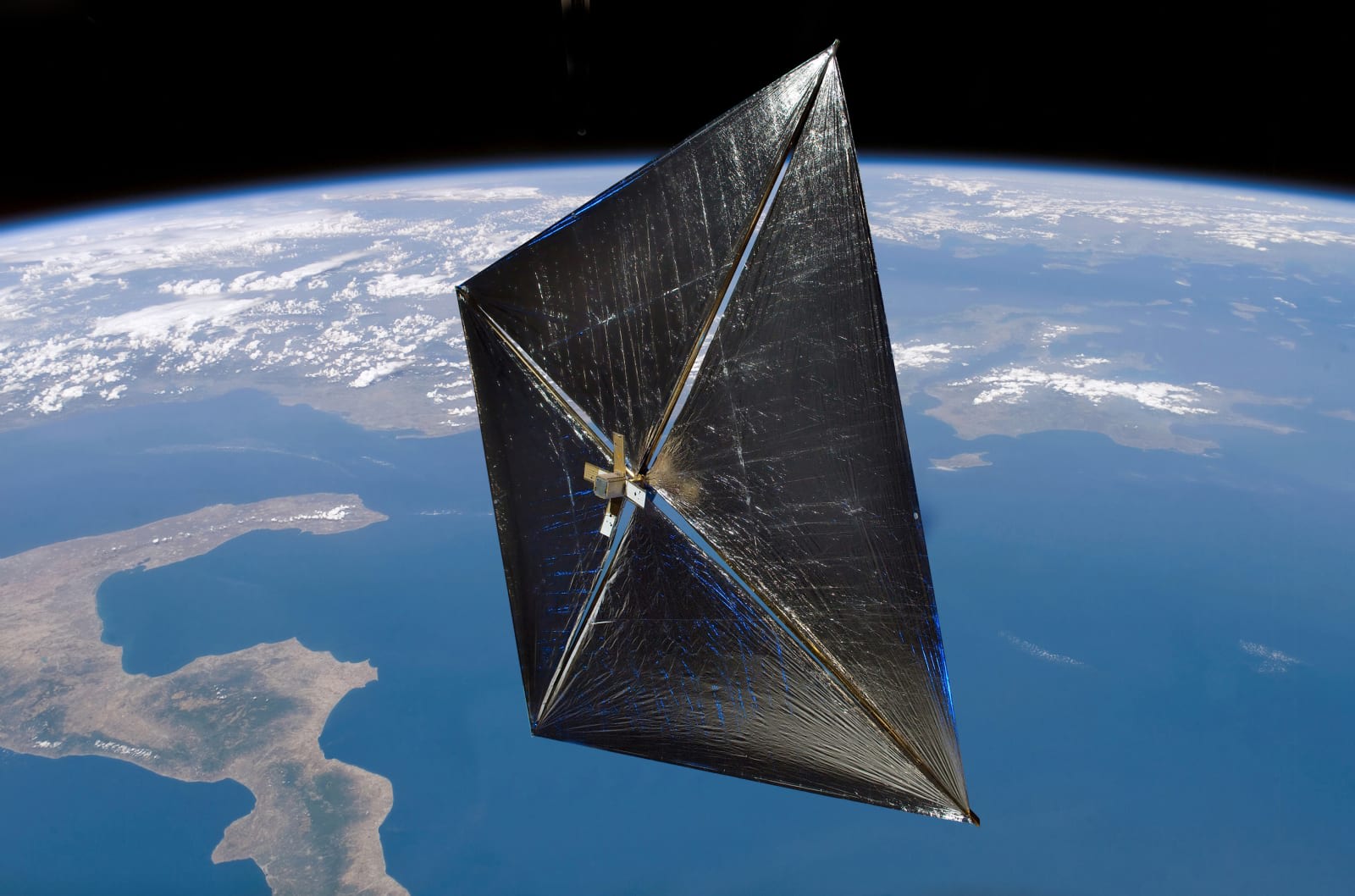Miniature satellites are increasingly a big deal, and for good reasons: they’re not only less expensive and easier to deploy than the giant satellites of old, but can cover wider areas. And the White House wants to give them a helping hand. It’s launching an initiative that will foster small satellites with the resources they need to flourish. To start, NASA is not only proposing as much as $30 million toward purchasing data from these tiny vessels, but creating a Small Spacecraft Virtual Institute that will offer know-how to organizations. A more direct effort has the National Geospatial-Intelligence Agency awarding Planet a $20 million contract for a fleet of small satellites that can capture images of “at least” 85 percent of the planet every 15 days.
Other plans? The Department of Commerce is elevating the importance of the Office of Space Commerce, whose director can now advise the Commerce Secretary on private spaceflight and help federal outfits take advantage of mini satellites. NGA, meanwhile, is teaming with the General Services Administration to create a single portal for finding and buying satellite data. And the Intelligence Advanced Research Projects Activity is offering satellite info as part of a challenge to develop breakthroughs in both 3D mapping as well as identifying building functions from space.
If all goes well, the effort will give private outfits a stronger incentive to build small satellites. They’ll have customers (both public and private) ready and waiting to buy the fruits of their labor. However, the US has broader ambitions. This could help bring Moore’s Law to space, the White House says — satellites could get ever smaller while accomplishing more than their monolithic ancestors.








